What's New
Displaying results 2201 - 2210 of 4910
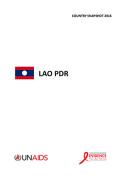
Resource | Reviews and Snapshots,
The 2016 country snapshot prepared by UNAIDS Regional Support Team for Asia and the Pacific and AIDS Data Hub provides information on the HIV epidemic and response in the Lao People's Democratic Republic.
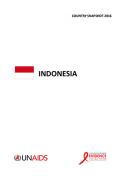
Resource | Reviews and Snapshots,
The 2016 country snapshot prepared by UNAIDS Regional Support Team for Asia and the Pacific and AIDS Data Hub provides information on the HIV epidemic and response in Indonesia.
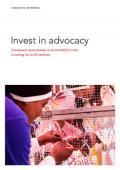
Resource | Publications,
Advocacy by people living with and affected by HIV has been critical to the progress made the response to HIV since the beginning of the epidemic. Advocacy has sparked action in the face of denialism and indifference, mobilized unprecedented financial resources and enabled communities to participate in designing health services that meet their needs. When traditional policy-making processes stall due to bureaucracy, advocacy shines a light on the problem and leverages community power and political will to drive action and innovation. This is why AIDS advocates around the world remain a major force for an accelerated, more equitable scale-up of effective HIV and health programming.
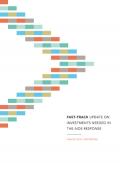
Resource | Publications,
The world has pledged within the Sustainable Development Goals to end the AIDS epidemic as a public health threat by 2030. Such an extraordinary achievement will require an extraordinary and urgent effort—fully funding and front-loading investment in comprehensive HIV responses and intensifying the focus on the populations and locations in greatest need. The UNAIDS 2016–2021 Strategy elaborates this Fast-Track approach. Adopted by the UNAIDS Programme Coordinating Board in October 2015, the Strategy contains HIV service coverage targets that need to be achieved by 2020 to establish the momentum necessary to overcome one of the largest public health threats in human history by 2030.
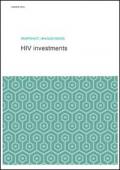
Resource | Reviews and Snapshots,
The world has pledged to end the AIDS epidemic as a public health threat by 2030 as part of the Sustainable Development Goals. Such an extraordinary achievement will require extraordinary and urgent efforts. The response will need to be fully funded and investments will need to be front-loaded and will need to focus on the populations and locations in greatest need and where they will have the greatest impact.
The cost of inaction is staggering. Failure to Fast-Track would mean an additional 17.6 million HIV infections globally and an additional 10.8 million AIDS-related deaths globally between 2016 and 2030. The epidemic will rebound in several low- and middle-income countries, and by 2030 more people will acquire HIV and die from AIDS-related illness than in 2015.
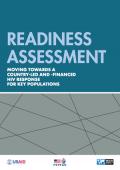
Resource | Guidelines,
This guide is designed to assess the ability of a country’s stakeholders (including government, development partners, and civil society) to lead and sustain HIV epidemic control among key poulations (KPs) as donors transition to different levels and types of funding. The guide is a flexible tool that assesses readiness across four domains and focuses on the specific vulnerabilities of KPs.
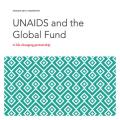
Resource | Reviews and Snapshots,
Over the past three decades, historic progress has transformed HIV from a deadly disease to a chronic condition. Critical milestones have been reached towards universal access: more than 17 million people globally are receiving HIV treatment, and the world is on track to eliminate mother to child transmission of HIV.
Working together, UNAIDS and the Global Fund have made global health history. The Global Fund helps ensure that the policies and directions charted by UNAIDS are fully resourced, while UNAIDS optimizes the impact of Global Fund grants.
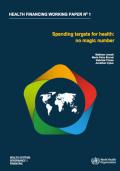
Resource | Publications,
In the context of discussions on health spending targets, this paper analyses not only how much countries spend on health, but how the performance in terms of universal health coverage (UHC) relative to that spending. The paper highlights the limited use of spending targets to inform country policy dialogue and decision making.
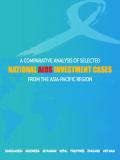
Resource | Publications,
This report is the outcome of a comparative analysis of seven national investment cases from the region and highlights key findings and recommendations for further action. The findings from this report and the Regional Expert Consultation on Developing Evidence-Based National HIV Investment Cases and Sustainability Plans held in December 2015 are expected to contribute to the knowledge base on how the ESCAP Member States have developed national investment cases (NICs), and identify examples of best practice. The analysis was based primarily on a desk review of the investment cases of Bangladesh, Indonesia, Myanmar, Nepal (Investment Plan), the Philippines, Thailand, and Viet Nam, with additional input from in-country respondents and the Regional Expert Consultation.
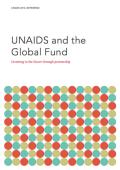
Resource | Publications,
The global commitment to ending the AIDS epidemic represents an unparalleled opportunity to end one of the most devastating modern-day health challenges. Over the past three decades, historic progress has transformed the AIDS response. More than 18 million people globally are receiving life-saving HIV treatment, and the world is on track to eliminate mother-to-child transmission of HIV. However, more than 2 million people are newly infected with HIV annually and, in 2015, more than a million people died from HIV-related causes. Strategic partnerships such as that of UNAIDS and the Global Fund to Fight AIDS, Tuberculosis and Malaria (the Global Fund) are vital if we are to Fast-Track the AIDS response to end AIDS as a public health threat by 2030.





